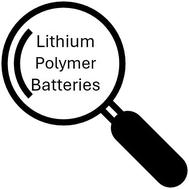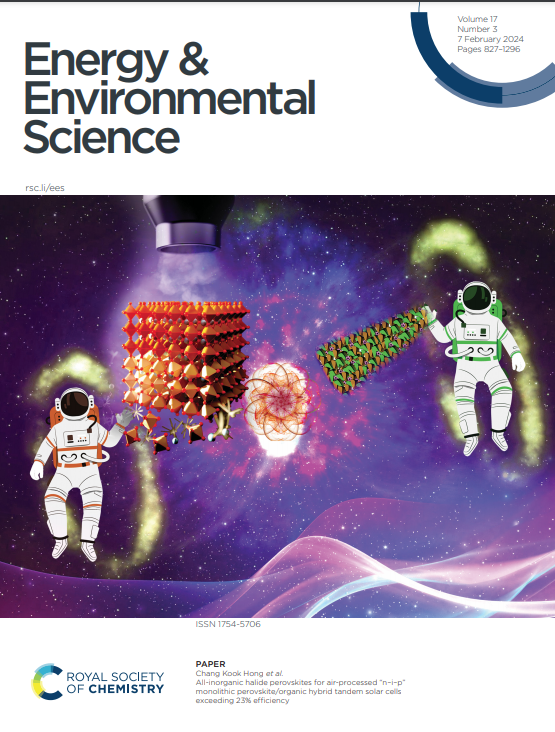克服对锂金属聚合物电解质电池的误解
IF 30.8
1区 材料科学
Q1 CHEMISTRY, MULTIDISCIPLINARY
引用次数: 0
摘要
锂金属是阳极的圣杯,因为它的重量容量比石墨高10倍。与无机固态电解质相比,全固态锂聚合物电解质电池具有更高的灵活性,从而提高了可加工性,适应电池膨胀,并实现了更均匀的界面相,因此受到了广泛的关注。然而,由于电解质的离子电导率低,原型固态锂聚合物电解质电池的使用受到限制,这限制了它们以高速率循环锂金属的能力。在这种观点下,我们提供了高倍率锂金属聚合物电解质的替代解释,并在高离子导电全固态聚合物电解质方面取得了突破。此外,我们还提供了如何表征和评估锂金属电池中的聚合物电解质的指导。本文章由计算机程序翻译,如有差异,请以英文原文为准。

Overcoming misconceptions in lithium metal polymer electrolyte batteries
Lithium metal is the holy grail of anodes due to its 10-fold higher gravimetric capacity than graphite. All-solid-state lithium polymer electrolyte batteries are receiving significant attention due to their increased flexibility compared to inorganic solid-state electrolytes, which enhances processability, accommodates cell swelling, and enables more homogeneous interphases. However, prototype solid-state lithium polymer electrolyte batteries have been limited in their usage due to the low ionic conductivity of the electrolyte, which limits their ability to cycle lithium metal at high rates. In this opinion, we provide alternative interpretations of high-rate capability lithium metal polymer electrolytes and breakthroughs in highly ionically conductive all-solid-state polymer electrolytes. In addition, we provide guidance on how to characterize and evaluate polymer electrolytes in lithium metal batteries.
求助全文
通过发布文献求助,成功后即可免费获取论文全文。
去求助
来源期刊

Energy & Environmental Science
化学-工程:化工
CiteScore
50.50
自引率
2.20%
发文量
349
审稿时长
2.2 months
期刊介绍:
Energy & Environmental Science, a peer-reviewed scientific journal, publishes original research and review articles covering interdisciplinary topics in the (bio)chemical and (bio)physical sciences, as well as chemical engineering disciplines. Published monthly by the Royal Society of Chemistry (RSC), a not-for-profit publisher, Energy & Environmental Science is recognized as a leading journal. It boasts an impressive impact factor of 8.500 as of 2009, ranking 8th among 140 journals in the category "Chemistry, Multidisciplinary," second among 71 journals in "Energy & Fuels," second among 128 journals in "Engineering, Chemical," and first among 181 scientific journals in "Environmental Sciences."
Energy & Environmental Science publishes various types of articles, including Research Papers (original scientific work), Review Articles, Perspectives, and Minireviews (feature review-type articles of broad interest), Communications (original scientific work of an urgent nature), Opinions (personal, often speculative viewpoints or hypotheses on current topics), and Analysis Articles (in-depth examination of energy-related issues).
 求助内容:
求助内容: 应助结果提醒方式:
应助结果提醒方式:


